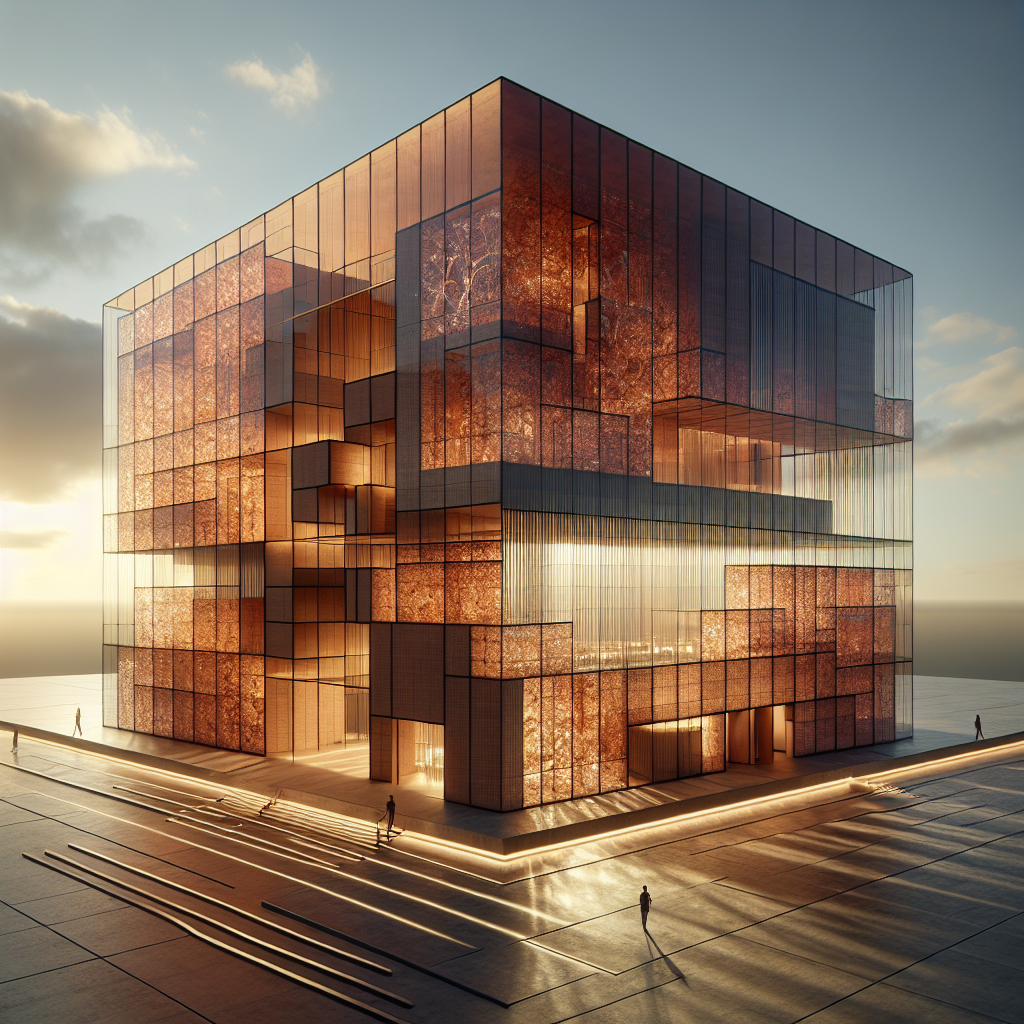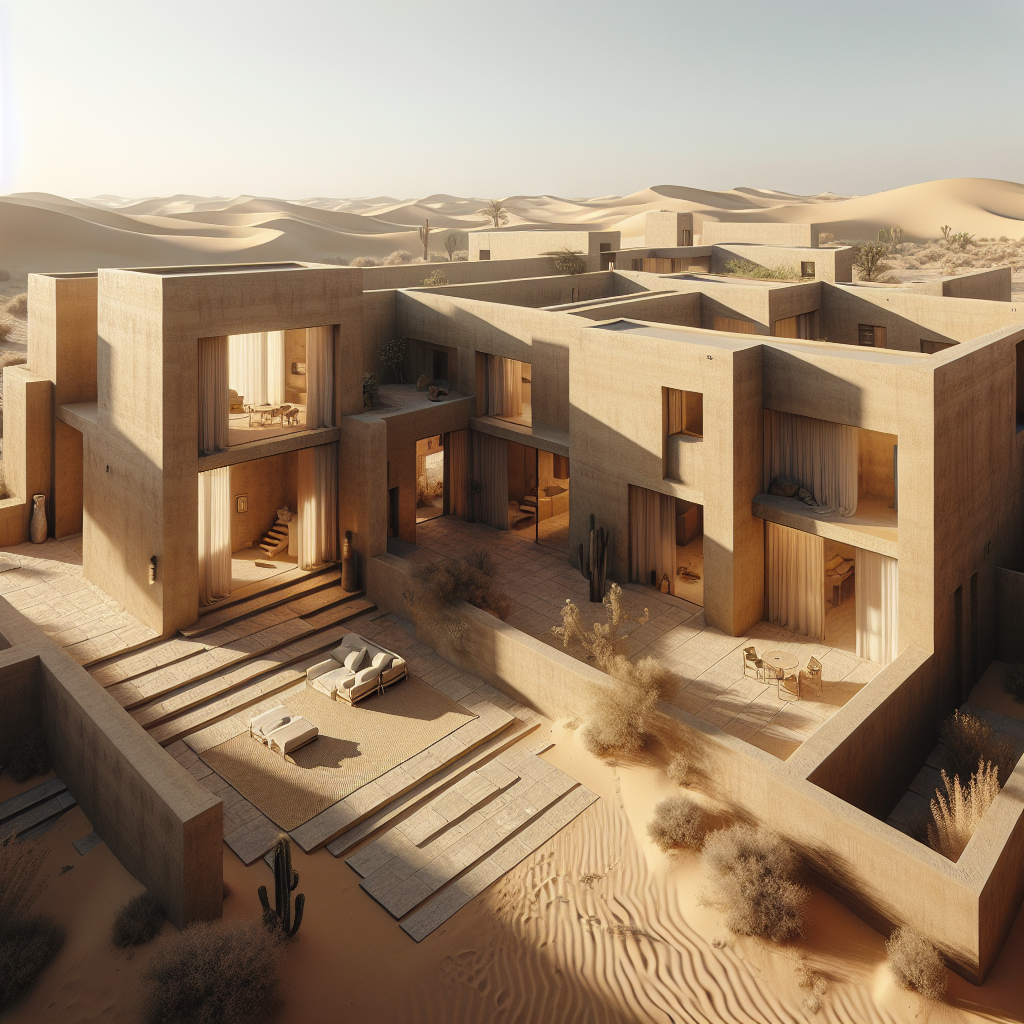Responsive Design: Creating Spaces that Adapt to Our Needs

The Concept of Responsive Design
As our lifestyles continue to evolve, it is becoming increasingly important to create spaces that are not only beautiful but also functional and adaptable to our changing needs.
Responsive design is all about creating spaces that can change and adapt to the needs of their occupants. This can include everything from movable walls and furniture to smart home technology that can be controlled with a simple voice command.
The Benefits of Responsive Design
One of the most exciting things about responsive design is its potential to create truly inclusive spaces. For example, by incorporating universal design principles, architects can create spaces that are accessible to people of all ages and abilities. This can include everything from wider doorways and hallways to strategically placed grab bars and other assistive devices.
Another benefit of responsive design is its ability to maximize the use of space. By incorporating flexible elements like sliding doors and convertible furniture, architects can create spaces that can be easily transformed to suit a variety of uses. This can be especially beneficial in small apartments and other compact living spaces, where every square inch counts.
Challenges of Responsive Design
Of course, responsive design is not without its challenges. For one thing, it requires a high degree of flexibility and adaptability on the part of both the designer and the occupant. This can be a difficult mindset shift for those who are used to more traditional approaches to design.
Additionally, responsive design can be more expensive than traditional design methods, particularly when incorporating high-tech features like smart home technology. However, proponents of responsive design argue that the long-term benefits of creating spaces that can adapt to changing needs far outweigh the upfront costs.
Real-Life Examples of Responsive Design
Real-life examples of responsive design can be found all around us. For instance, the OMA-designed Milstein Hall at Cornell University features a series of movable walls that can be rearranged to create a wide variety of spaces, from large auditoriums to small seminar rooms. Similarly, the London-based architecture firm dRMM created a modular housing project that features moveable panels that can be adjusted to create different layouts and configurations.
Conclusion
In conclusion, responsive design is a fascinating concept that has the potential to revolutionize the way we think about architecture and interior design. By creating spaces that are flexible, adaptable, and inclusive, designers can create environments that truly meet the needs of their occupants.





